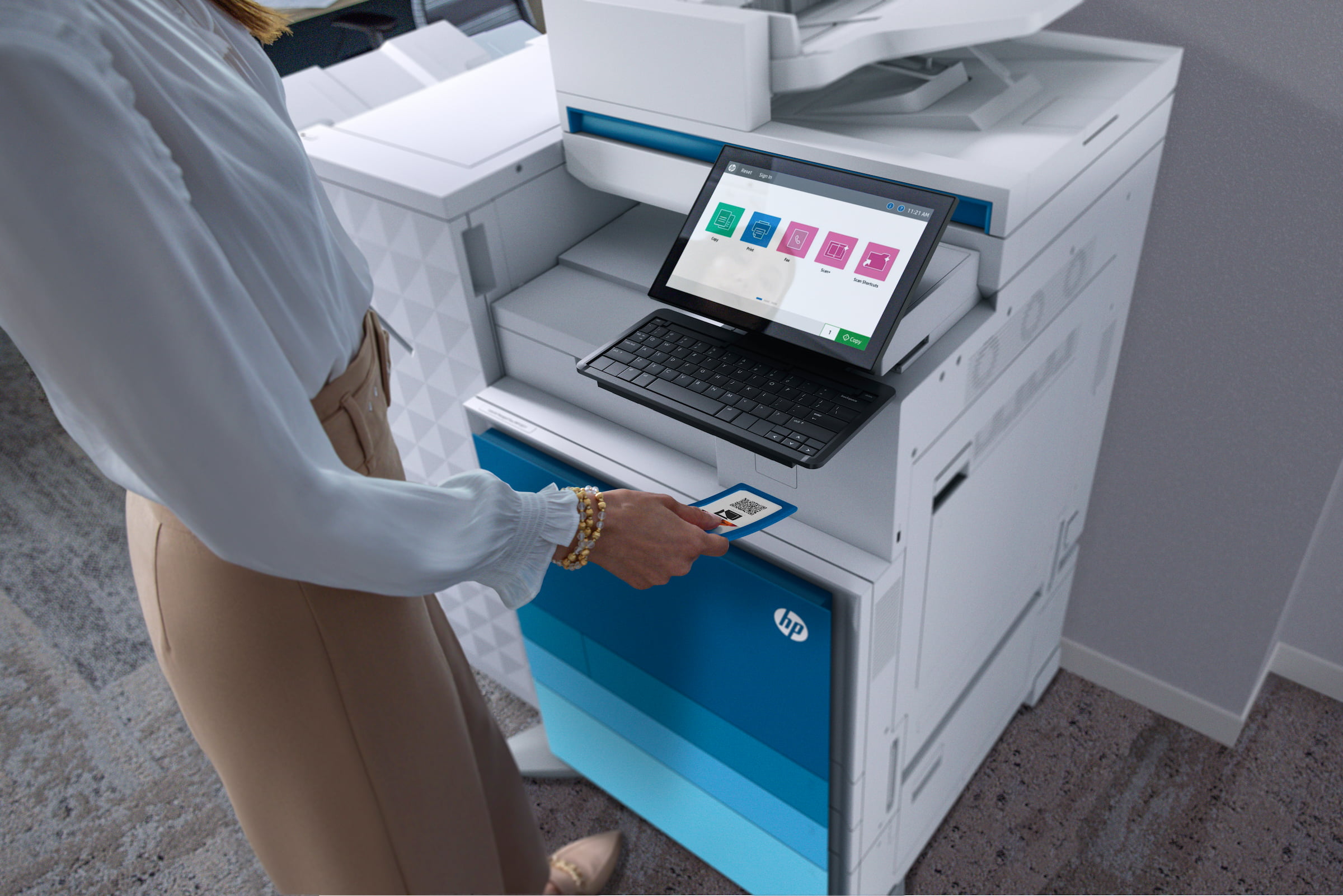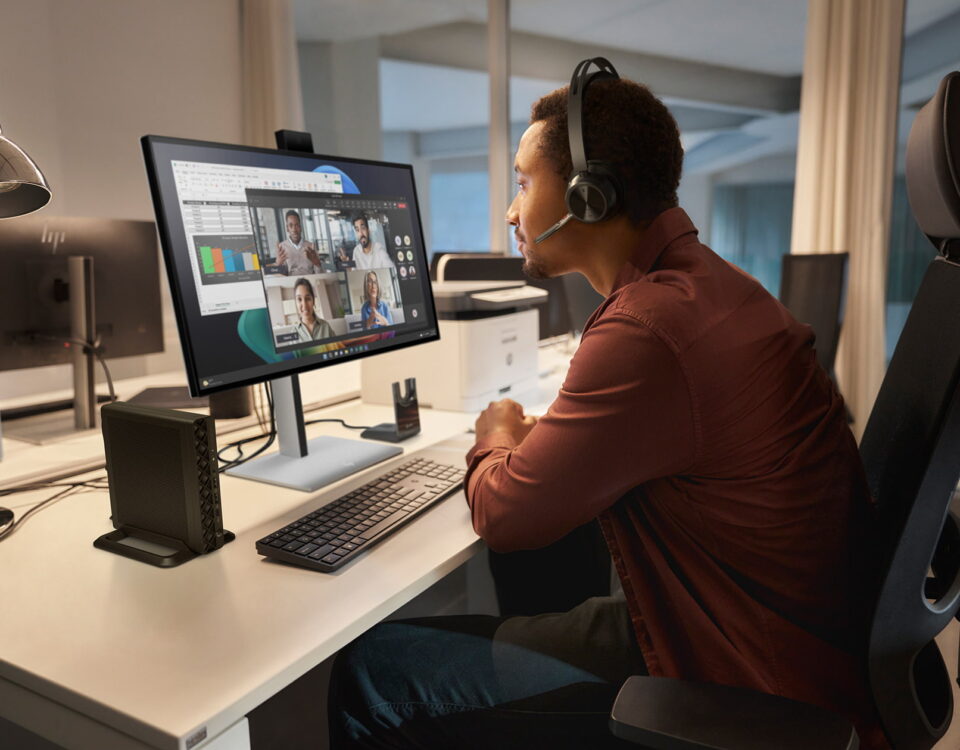A global survey conducted in 2020 by Slack reported that, despite being early on into the pandemic, their respondents were experiencing an enormously enhanced quality of life as a direct result of working from home. The reasons for this went beyond simply having more time and spending less money on fuel; with other reasons cited being able to spend more time with family and loved ones, to provide care to children and relatives, and having the freedom to run errands which, pre-pandemic, could previously only be done by taking time off work.
Which is why it was unsurprising to see that 77% of employees said that ‘a base closer to home is a must-have benefit that will inform future job applications’ in a study conducted by IWG last year; with around half of the sample of employees ‘saying they would look for another job if they were asked to return to the office five days a week.’
This statistic is enormously significant for employers to consider – which probably explains, in another 2021 study conducted by Owl Labs, why 89% of European companies planned on introducing a hybrid workforce post-pandemic, with 92% eager to consider more progressive workplace policies including ‘core working’ hours and 4-day work weeks.
However, while this data appears to show a strong indication that hybrid working model will be prevalent for years to come, there is some resistance to the idea. A Microsoft study reported that 70 percent of respondents wanted flexible remote work options to continue, but also showed that over 65% said that they were craving more interpersonal time with their colleagues. In addition, a study by The Economist reported that while 36% of respondents felt more focused working at home, and 34% said that face-to-face interruptions from colleagues was the biggest reason for loss of focus in the office; 28% of respondents reported feeling less focused while at home.
So, should businesses adopt a hybrid working model? According to Laura Bradley, Head of Inside Sales at Apogee, hybrid working can be enormously beneficial for employees – but ultimately, its suitability is entirely dependent on the nature of the role in question.
“Some roles, like lead generation, need to be office based. When your motivation to do a particular role is aided by people around you doing it, then I think you need to be around people doing it,” says Laura.
“But we’ve seen it in the credit control department, in logistics, in the telesales team: you don’t see any major drop-off in activity, output, or motivation levels. If anything, motivation levels can be higher in certain roles.”
Now, hybrid working is still in its infancy - so how can managers play a part in easing employees through the transition? While companies are still working out the best practices to ensure that hybrid working is productive and healthy, these three steps seem to be a logical place to start:
1. Adapt your approach
When it comes to hybrid working, managers need to become accustomed to the idea that they won’t be able to keep a watchful eye on their team at all times. Whilst some may think of productivity as being correlational to hours worked, it’s important to adapt this perception to be in terms of milestones reached, or deadlines met. Using a shared checklist can allow both managers and workers to monitor progress, making remote collaboration an easier process.
2. Communicate clearly
As with any endeavour involving collaborating as a team, clear communication is essential. Group chats are a helpful tool for managers to keep themselves available, be transparent about expectations, and share regular updates with the team. This way, even if some team members are working from home, everyone is able to be in the loop and on the same page.
3. Give trust, don’t micromanage
When employees are working from home, constant micromanagement from managers can have a negative effect on both productivity and mental health. If managers can be comfortable with ascribing a level of trust to their home-working team members; they may very well find that their team are less susceptible to stress and able to focus their efforts more effectively.












































